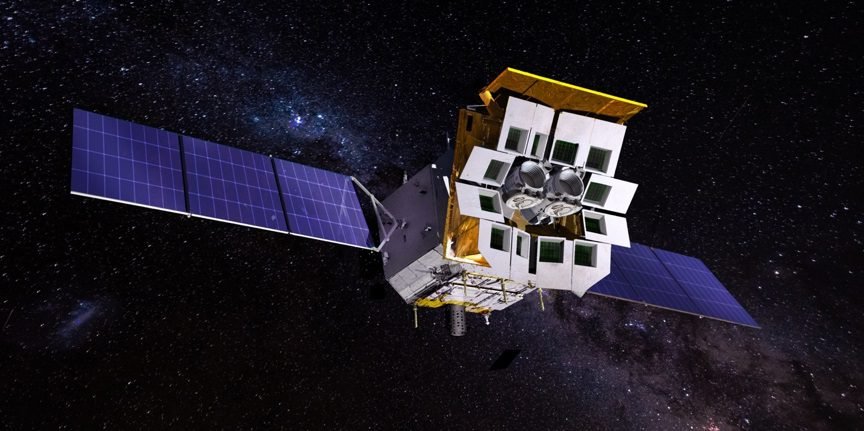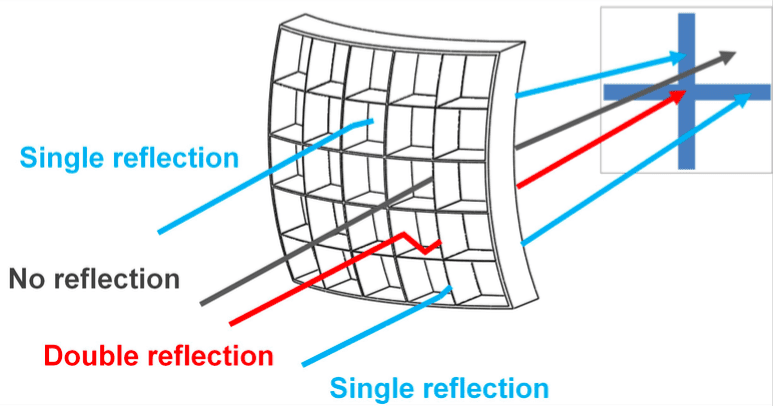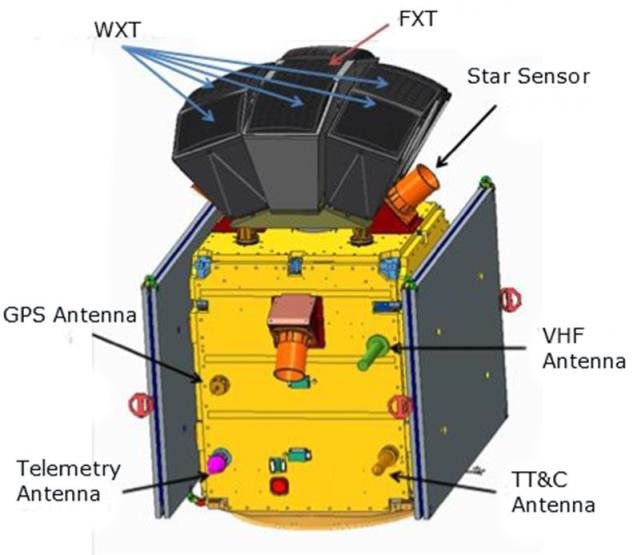China launched the Einstein probe to study X-ray emissions from neutron stars, black holes, and other phenomena.
Source: SpaceNews
A Long March 2C rocket lifted off from Xichang Satellite Launch Center in southwestern China at 2:03 a.m. (0703 UTC), Jan. 9. The China Aerospace Science and Technology Corp. (CASC) confirmed launch success within the hour.
The Einstein Probe (EP) is part of growing Chinese strategic space science efforts. The spacecraft will spend at least three years observing distant, violent interactions such as tidal disruption events—in which stars are pulled apart by supermassive black holes—supernovae, and detect and localize the high-energy, electromagnetic counterparts to gravitational wave events.
By picking up soft band X-ray emissions from stars being ripped apart by massive black holes, the probe could provide new insights into how stellar matter falls into black holes and the complex and rare phenomena of formations of jets of ionized matter emitted by the events.
The 1,450-kilogram EP spacecraft will operate in a 600-kilometer altitude, 29 degree inclination orbit. From there it will observe the sky with a Wide-field X-ray Telescope (WXT).
WXT uses cutting edge “lobster eye” optics to allow the probe to view X-ray events more deeply and widely than previously possible.

WXT combines 12 of the modules tested in 2022 to provide a field of view of 3,600 square degrees. The instrument uses a reflection technique, inspired by lobsters’ eyes, consisting of parallel square pores arranged on a sphere. The multitudes of square tubes guide X-rays down to a CMOS light detector.

The European Space Agency (ESA) contributed to the mission with support for the testing and calibrating of the detectors and optical elements of the WXT.
ESA ground stations will also be involved in data download from EP. The mission will also utilize China’s Beidou navigation satellite constellation to allow rapid relay of alert data to the ground.
“Powered by tumultuous cosmic events, X-ray light from astronomical sources is very unpredictable. Yet, it carries fundamental information about some of the most enigmatic objects and phenomena in our Universe,” said Erik Kuulkers, ESA Project Scientist.
“X-rays are associated with collisions between neutron stars, supernova explosions, matter falling onto black holes or hyper-dense stars, or high-energy particles being spewed out from discs of blazing material circling such exotic and mysterious objects.”
EP features onboard data processing and autonomous followup capabilities. This means the probe’s Follow-up X-ray Telescope (FXT)—a narrower view, yet more sensitive instrument developed in collaboration with Europe—can be quickly brought to bear after WXT detects an X-ray event.

According to the source, Einstein probe can help to discover the origin of gravitational waves and ESA will receive 10% of collected data, for its contribution.
EP could also provide insight into other phenomena including magnetars, active galactic nuclei, red shifted gamma-ray bursts, and the interactions between comets and solar wind ions.
China began launching dedicated space science missions in 2015 with its DAMPE dark matter probe. The mission was part of the Chinese Academy of Sciences’ (CAS) Strategic Priority Program (SPP). EP was approved in 2017 as part of a second phase of the SPP.




I was traveling and I past more than a week without posting anything. But now, I will back to post regularly.